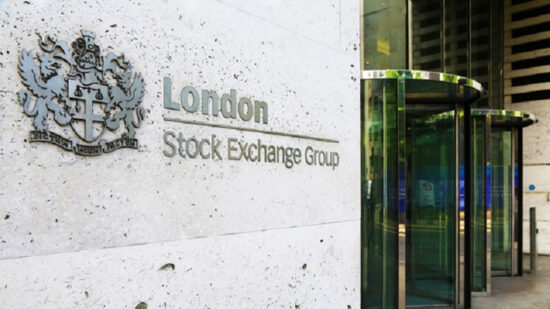Pension providers and advisers are seeing their transfer business decline as the current landscape is forcing clients to sit on the fence about whether to switch their defined benefit (DB) pot to a defined contribution (DC) scheme.
In the current high inflationary environment – and with one of the worst cost of living crises in British history, compounded with an energy crisis, it comes to no surprise that people may be looking at their finances to find a way to cushion the economic blow.
But with interest rates rising to 1.75% from 0.1% after a series of hikes by Bank of England, retirees are pondering the decision of whether to transfer their pension.
This is because with interest rates rising, pension transfer values decrease accordingly. Recent data from XPS Pension Group showed that in H1 2022 transfer values dropped by as much as 25%.
As a result, International Adviser reached out to industry players to understand whether the current backdrop is affecting their pension transfer business.
Activity drop
The answer was a resounding ‘yes’ from all respondents.
Bart Huby, partner at LCP, said the firm has experienced a “sharp fall-off” in the number of members asking for transfer quotations. Across LCP’s clients, there was a 27% drop in the number of requests between Q4 2021 and Q1 2022, he said.
This seems to apply to take-up rates too, Huby added, with “initial indicators” showing sharp falls to as low as 10%, after being over the 20% mark in the last quarter of 2021.
David White, managing director of QB Partners, echoed Huby’s experience as his firm has also seen a noticeable drop in DB transfer activity.
“This is due to a number of factors, but the increase in interest rates has played a major part,” he added. “Interest rates have risen from 0.1% in to 1.75% in less than a year. The rise in August 2022 was the sixth in a row since the start of this year.
“Cash Equivalent Transfer Values (CETVS) are closely linked to the value of gilt yields, which in turn are influenced by changes in interest rates. Gilt yields are a major factor in the calculations which a scheme actuary will carry out to determine a CETV.
“Gilt values are high when interest rates are low because the rate of interest they pay is likely to be higher than that paid by a bank deposit account, thus increasing demand. Conversely when interest rates rise, gilt values are likely to fall,” White explained.
Plethora of factors
Helen Cavanagh, client lead of member engagement hub at XPS Pensions Group, said they are also yet to see pension transfer activity pick back up this year, but she doesn’t think interest rate hikes are solely to blame.
Cavanaugh added that “transfers do take time to process” and the additional rules introduced last year for pension transfers to protect savers from scams are slowing things down as well.
“Increasing interest rates will reduce transfer values from DB schemes, so it is possible that this may lead to a fall in the volumes of transfers from this type of arrangement, which is a trend that we have seen since the start of the year.”
But she said that the same may not be true for those transferring from a DC pot as “transfer values are linked to the underlying assets so will depend on the individual’s investment choices, and some members may have seen values fluctuate in response to changes in interest rates”.
Advice, advice and then more advice
Beside experiencing a decrease in pension transfer activity, all three are urging retirees to seriously think about seeking financial advice before making any decisions about their pensions, especially considering the current cost of living squeeze.
QB Partner’s White said that, despite savers being legally required to turn to a financial adviser when looking to transfer a pot in excess of £30,000 ($36,460, €35,517), they should do so regardless of the sum.
XPS’ Cavanaugh added: “Members should always seek high quality, independent financial advice and should consider all options available to them, including whether transferring is in their best interests. This is particularly important in the current environment, with members facing significant cost-of-living pressures. It may be that their current scheme already offers an appropriate option that will help them to meet their current needs.
“Examples would include access to bridging pensions, where members receive a higher level of benefit for an initial period, and partial transfers, which means that members can transfer part of their pension and do not need to make an all or nothing decision to transfer the whole of their benefits. Accessing appropriate financial advice will help to ensure that members make the right decision for them in the longer term, not just what may be beneficial in the short term.”
LCP’s Huby said scheme members should also keep in mind that, despite interest rates being on the up, they also remain at a relative historical low and “could easily rise further, which could mean further falls in transfer values – so it’s certainly not clear whether delaying taking a transfer will be beneficial or not to the member”.
“This is one of the hardest, and most important, financial decisions someone with a significant DB pension can be faced with – and needs to be considered carefully and with good advice.”








